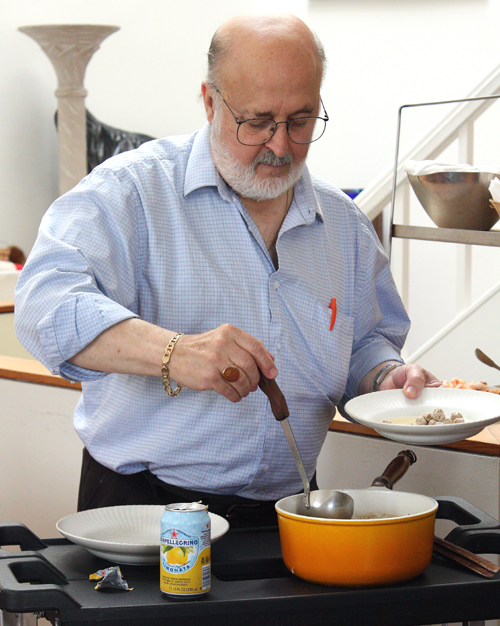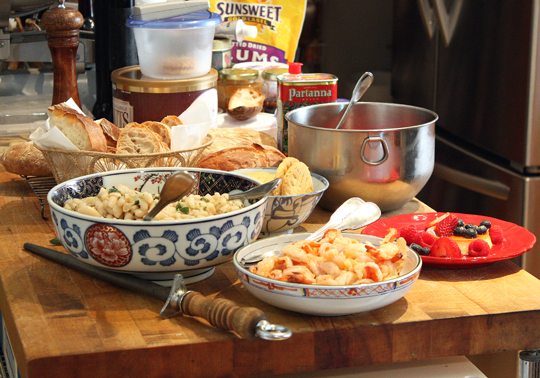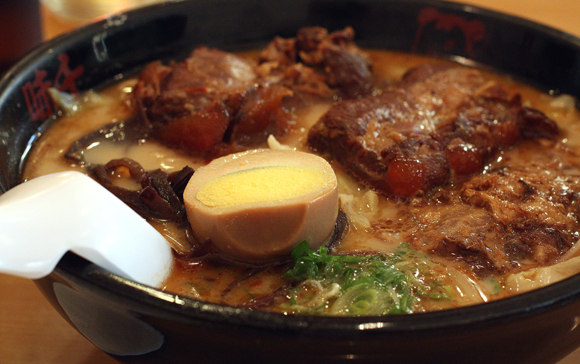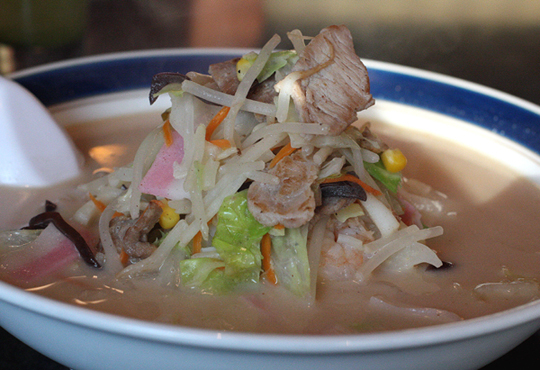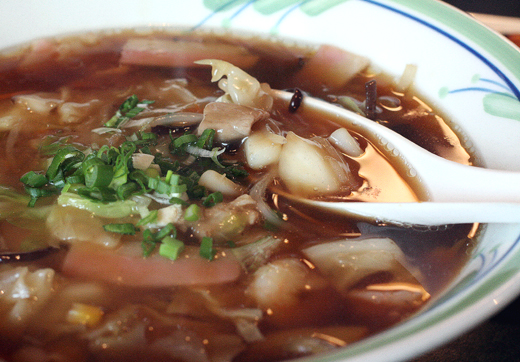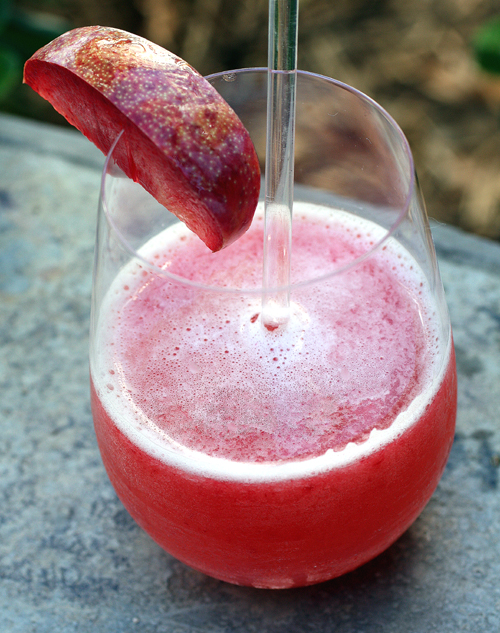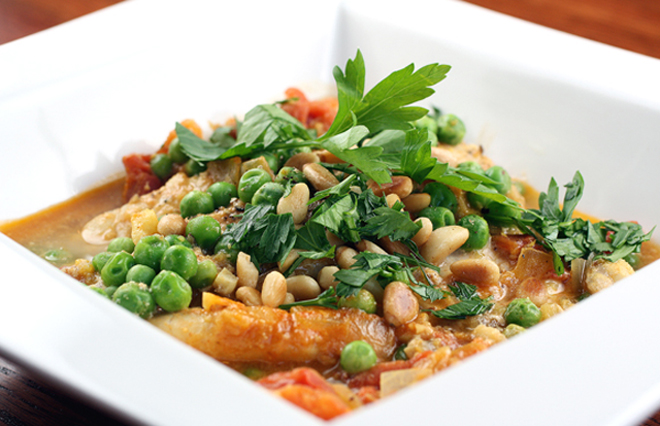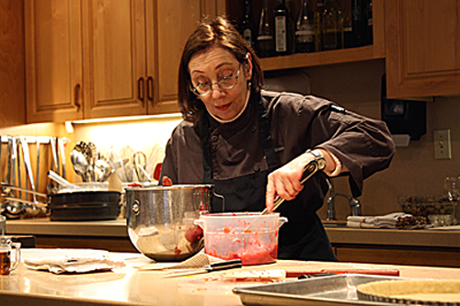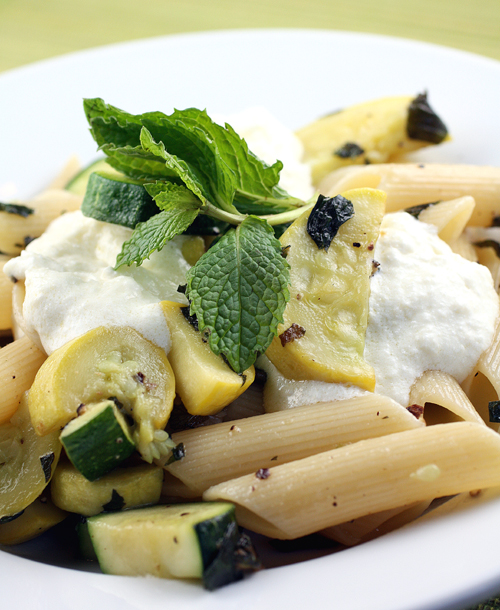Carlo Middione: The Brave Struggle of a Chef Who Lost His Senses of Taste and Smell
Anyone who has ever suffered through a cold knows how unappealing food gets when you can neither smell nor taste it.
Now, imagine that condition possibly lasting permanently.
And happening to a chef, of all people.
That’s exactly what befell one of San Francisco’s most well-known Italian chefs, Carlo Middione, whose condition forced him to close his 29-year-old Vivande Porta Via on New Year’s Eve 2009.
Middione lost his senses of taste and smell, following a car accident three years ago a block from his home in San Francisco, in which his Toyota Corolla was rear-ended by a Toyota Tundra driver who was allegedly speeding and talking on a cell phone. In the impact, Middione’s brain was jostled so severely that the neurons that connect to his olfactory nerve, which is instrumental in the sense of smell, were sheared off.
A noted cookbook author and long-time culinary instructor, Middione hasn’t worked since closing his restaurant. But he is eager to do so again, he says, as a consultant to train staff or organize kitchens.
“I’m not the type to tell people that I broke a tooth, so I didn’t talk a lot about the accident publicly,” Middione says. “I was on so much medication the first month that I wasn’t really eating. But four weeks later, I noticed I couldn’t taste anything.”
Indeed, this is the first time Middione has talked at length about what happened to him. Read all about it in my story in today’s San Francisco Chronicle.
Loss of smell can occur because of head trauma, viral infections and from aging, explains Barb Stuckey, an executive with Mattson, in Foster City, the largest independent food development firm in the country, who is writing a book, “Taste What You’re Missing’’ (Free Press), which will be published next year and will feature a chapter on Middione. Eighty percent of people over the age of 80 suffer from some sort of smell loss, she says.

